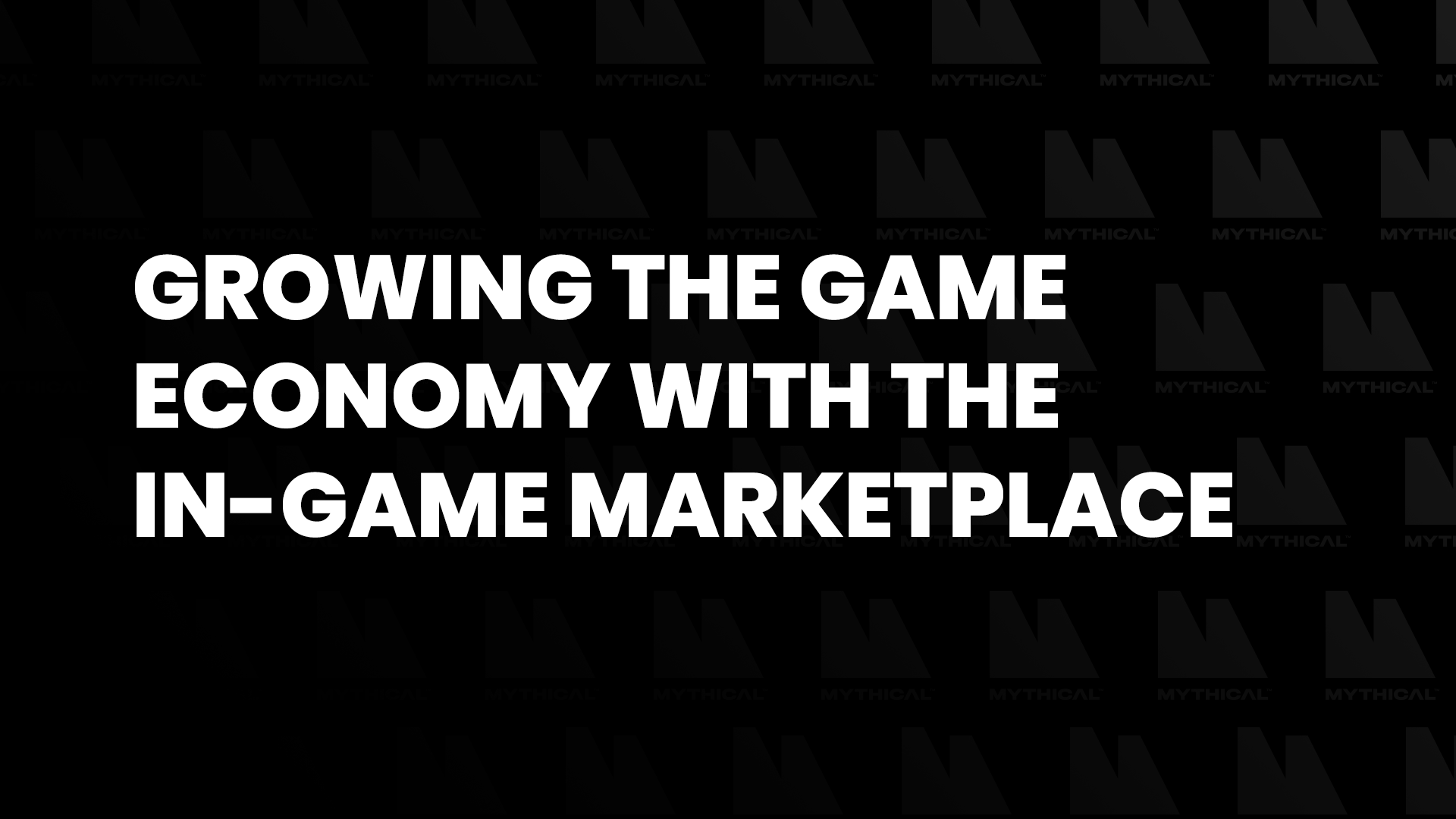Growing the Game Economy with the In-Game Marketplace
· 4 min read

It’s been one year since we released our first In-Game Marketplace (IGM) within NFL Rivals, the world’s first Apple and Google approved in-app marketplace built on blockchain technology, and we thought we’d take the chance to share an update on what we’ve seen and learned since the innovative launch.
Our goal was to create a seamless experience for users to trade across the game’s ecosystem, fully integrated within the game itself, connecting marketplace activities from both the advanced web users and the more casual in-app audience. We also wanted to make sure it was accessible to everyone, from casual gamers to crypto enthusiasts, by combining the security and verifiable ownership of blockchain technology with the user friendliness and familiarity of mobile gaming and fiat payments via app stores.
The results are clear: by integrating and extending the marketplace within the game setting and making both the buying and selling experiences easy for gamers, the In-Game Marketplace turbocharged the NFL Rivals economy!
Background: We launched the in-game marketplace across four phases, adding extra trading features at each step.
- Phase 1 - Select Purchase: established the ability to buy virtual currency and use it to purchase listings from the marketplace from a limited set of recommendations
- Phase 2 - Full Purchase: we added the ability to browse and buy across all items on the market
- Phase 3 - Sell: we added the ability to sell items for virtual currency in-game
- Phase 4 - Trade: we added Quick Trade, allowing users to exchange multiple items in a single transaction, including the potential for cashless swaps
At each phase of the rollout, we measured how the new features were being used to understand the effect they were having on the game and economy. We did this using a controlled trial framework (A/B testing) that allowed us to understand effects precisely and with high confidence.
The first thing we noticed was that by including the marketplace within the game, we were giving users more buying options and this resulted in a higher level of overall spender conversion. In many cases, the IGM provided an easy first step for users to participate in the game economy: as a cheaper way to buy their first item, to fill a specific gap in their roster without having to take a shot with opening a pack, or to sell rewards they earned through gameplay in order to trade up for more powerful items.
Next, we could see that the IGM was driving a 45% increase in total trading volume across the game’s ecosystem. We made it possible for users to trade items right alongside the gameplay experiences that generate utility, eliminating any friction for users to trade and play within a short session. As a result, we saw big lifts in transaction counts and overall trade volumes.
Perhaps the most interesting result from the controlled trials was that users who could access the marketplace also purchased more packs on the game store. Before launch, we had two competing hypotheses about how this might play out:
- there could have been substitution effects where sales of new store inventory were displaced by marketplace resales
- by creating more options for users to sell and trade, it could increase the utility of the game items, in turn increasing demand for these items in the game store
The results are clear: by adding the IGM, users received more utility from their items and became more likely to purchase new items from the game store, confident in the knowledge they could resell the items when they no longer needed them.
Finally, our data analysis confirmed patterns about user progression, providing valuable validation for our existing intuition.
As players spent more time in the game and developing their rosters, they engaged more with the marketplace, at first using the In-Game Marketplace and later progressing to the web marketplace to take advantage of the advanced trading features available there.
Putting the market inside the game created an advertising effect for the web marketplace, generating extra trading activity both within both marketplace portals. We can see this by examining the splits on trade counts and total volume: the IGM tends towards higher-frequency, lower-value trades typical of new users, while the web market tends towards lower-frequency, higher-value trades typical of power players.
With some huge new titles coming soon to the Mythical Marketplace, we’re excited to share more news in the coming months about our philosophy for product design, how to curate healthy ‘open garden’ economies, and new user and developer features coming to the Mythical Platform as we bring IGM to additional titles.